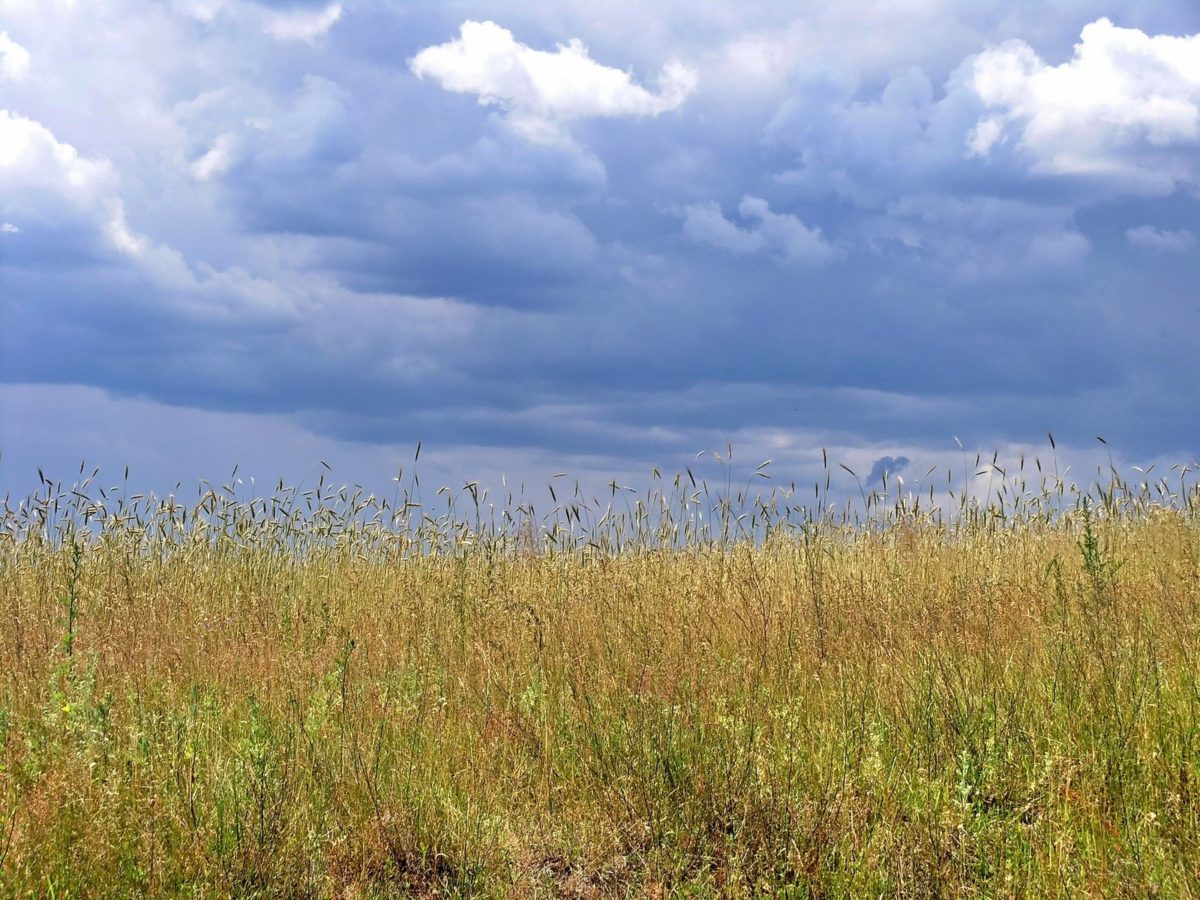Returning parts of the world’s farmlands to nature could help mitigate climate change and biodiversity loss, according to research findings which have been aired in the New York Times.
The article notes that storms and wildfires are worsening while as many as one million species are at risk of extinction.
The solutions are not small or easy, but scientists say they exist.
A global road map, published in Nature identifies a path to soaking up almost half of the carbon dioxide that has built up since the Industrial Revolution and averting more than 70% of the predicted animal and plant extinctions on land.
Returning a strategic 30% of the world’s farmlands to nature is the key.
The researchers found it could be done while preserving an abundant food supply for people and staying within the time scale to keep global temperatures from rising past 2 degrees Celsius, the upper target of the Paris Agreement.
The researchers used a map from the European Space Agency that breaks down the surface of the planet into a grid of parcels classified by ecosystem: forests, wetlands, shrub lands, grasslands and arid regions.
They developed an algorithm which they used to evaluate which farmland, if returned to their natural states, would yield the highest returns for mitigating climate change and biodiversity loss at the lowest cost.
Benefits depend on how much land is restored.
Relinquishing 15% of strategic farmlands, for example, could spare 60% of extinctions and sequester about 30% of the built-up carbon in the atmosphere.
The authors estimate that 55% of global farmland could be returned to nature while maintaining current levels of food production by using existing agricultural land more effectively and sustainably.
The biggest challenges appear to be political will and finding the money to compensate farmers when restoring land to nature – but the authors point to the hundreds of billions or trillions of dollars a year that subsidize fossil fuels and unsustainable farming practices.
The study was requested by the United Nations Convention on Biological Diversity, a global treaty that aims to preserve biodiversity. One of the authors, David Cooper, is its deputy executive secretary.
Source: New York Times (here)












